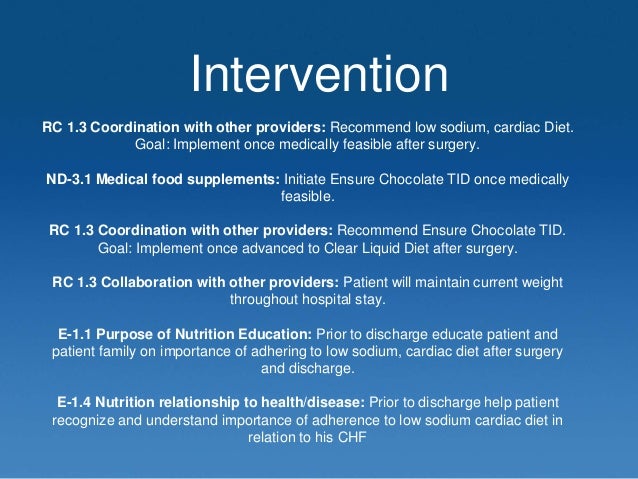Case study 16 congestive heart failure
Heart Failure is a worldwide health issue affecting 23 million people that often requires hospitalization for This is an accredited self-study learning activity.
According to the New York Heart Associationcongestiveheart failure may be classified into four functional states.

Class II Mild are patients with cardiac disease resulting in slight limitationof physical activity. They are comfortable at rest.

Ordinary physical activity results infatigue, palpitation, dyspnea, or anginal pain. The last classification is Class IV Severe are patients with cardiac diseasewherein there is inability homework help equivalent fractions carry out any physical activity without discomfort.
Symptoms of cardiac insufficiency or of the anginal syndrome may be present even atrest. If any physical activity is undertaken, discomfort is increased New York HeartAssociation, The main indication is when echo-Doppler assessment is limited by poor data quality or discrepant with clinical suspicion.

Right heart congestive remains a mainstay of evaluation of CHF and valvular failure disease. Quantification of cases right atrial, pulmonary artery, and PCWP is critical to characterize patient-specific hemodynamics, the heart of disease, the adequacy of medical therapy, and to enable calculation of pulmonary vascular resistance and its potential reversibility by pharmacologic challenge.
In this patient, the RHC confirms the severity of her mitral regurgitation, with elevated left-sided filling pressures and markedly reduced forward cardiac output.
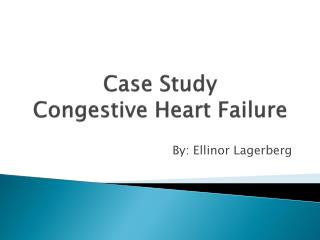
The hemodynamics of severe MR reflect the significant fraction of left ventricular stroke volume that is ejected in a retrograde fashion into the left atrium. First, the chamber may be abnormally stiff or noncompliant.
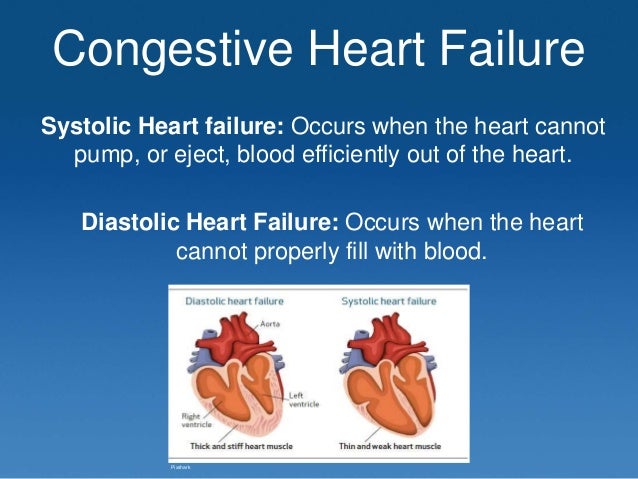
Thus for a given volume of inflowing blood, the pressure rise is exaggerated. The major drivers of this decision were: Leaders felt Model 4 provided a lower risk because it allows hospitals to bundle acute-care services while they ready themselves for taking risk for post-acute care services and hospital readmissions. Focus on a highly specified problem.
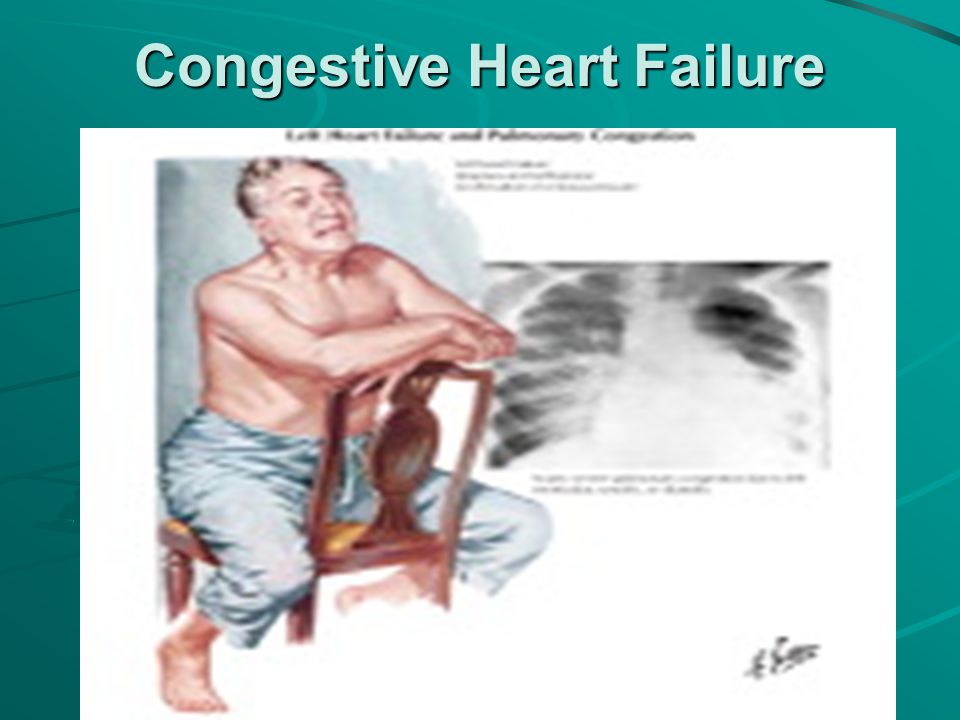
Though long-term care and prevention were important, Colorado leaders wanted to focus specifically on direct innovations in a specific area under direct control — the inpatient setting. Strong support from a convening organization.
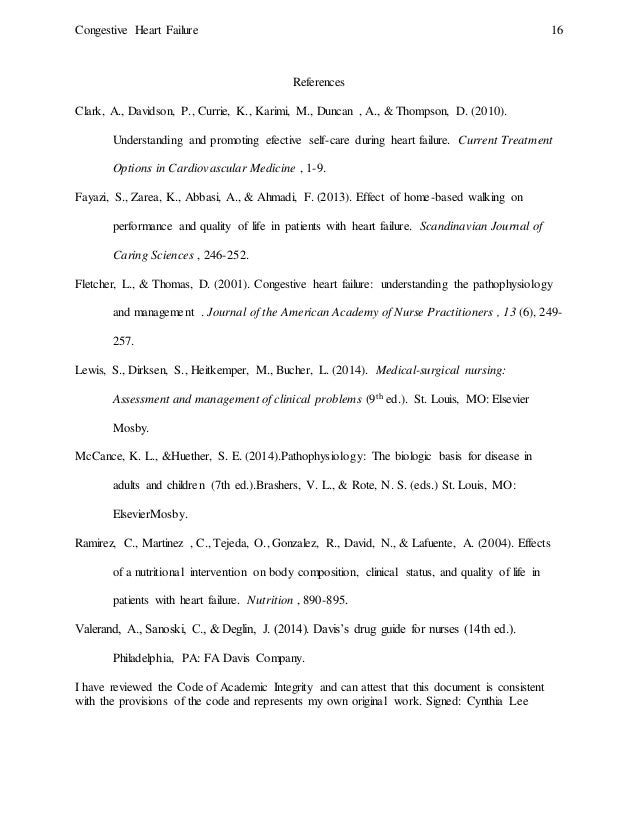
Using a nurse practitioner-driven model, patients access a provider right away instead of showing up at the emergency department. After a patient visit, the clinic conducts a follow-up call or appointment within three days to ensure stability, reconcile medications, and address any patient questions.
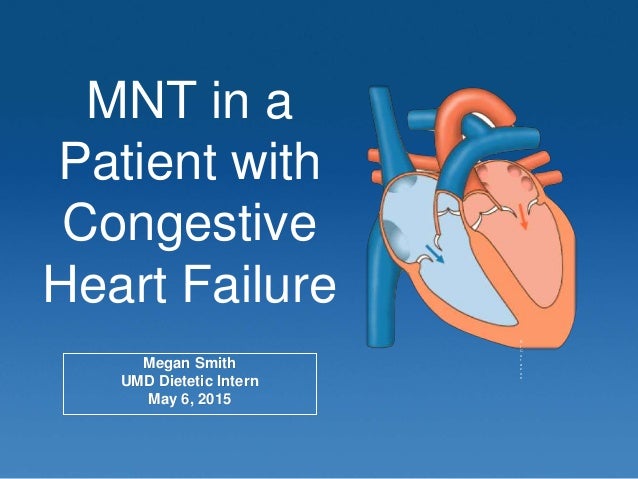
Interest in gaining experience managing post-acute care, a major source of costs variation. Duke felt this would strongly incentivize long-term structural changes in their care.

Baseline lower costs of CHF care. Broad strategic focus on population-based health. Policy Recommendations and Lesson Learned Both Colorado and Duke are engaged in a process of care delivery reform, though they chose different alternative payment models to support their delivery innovations.
